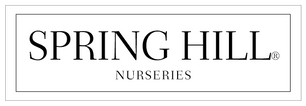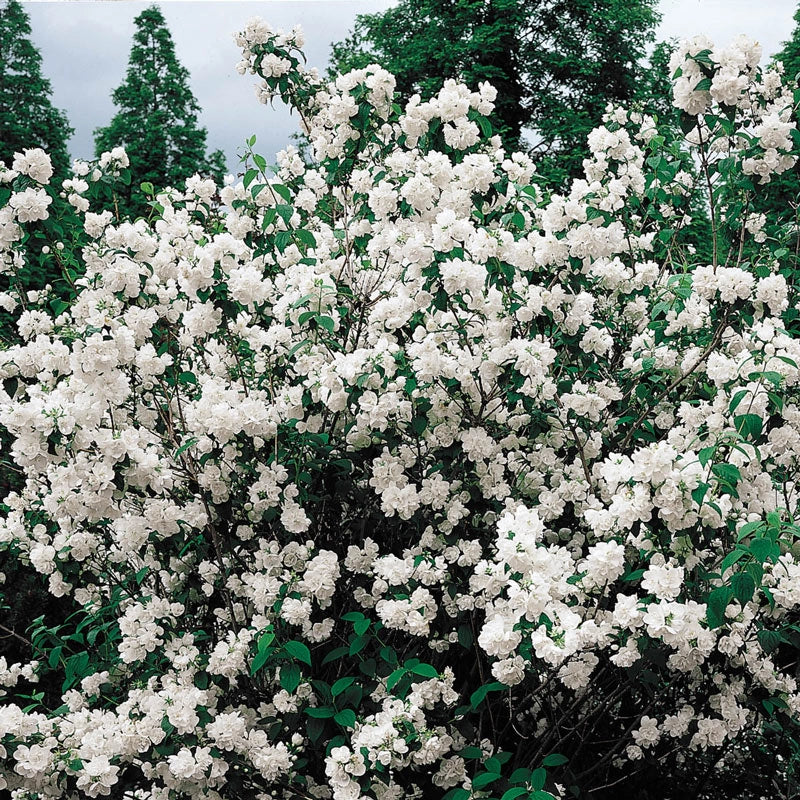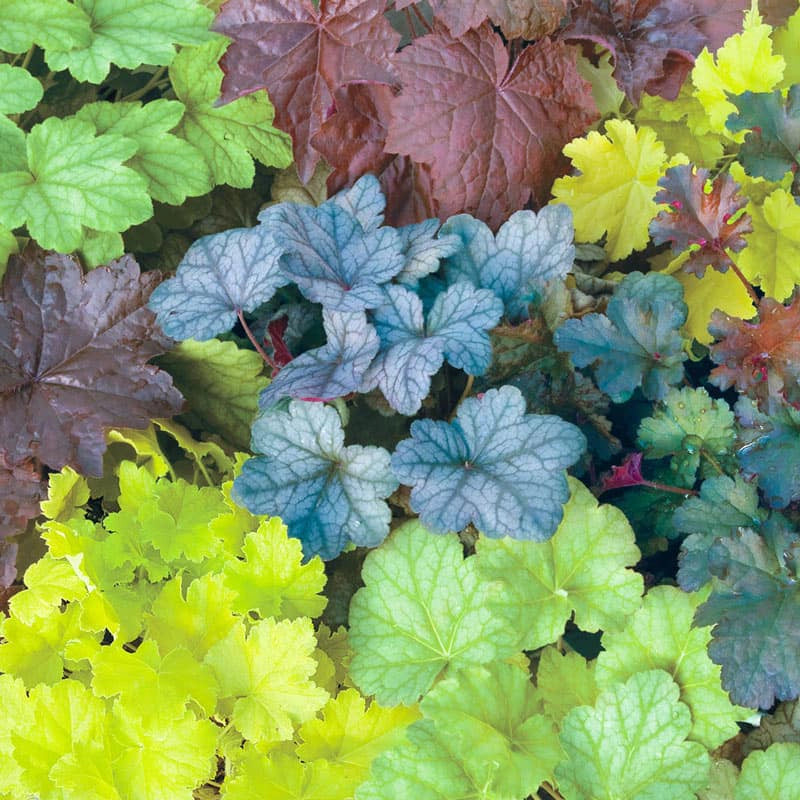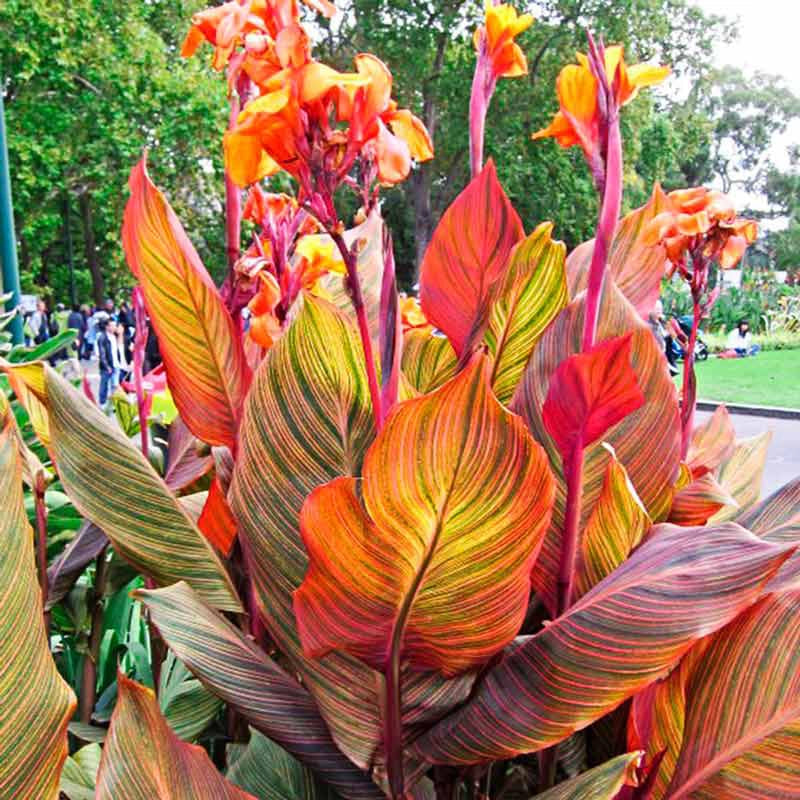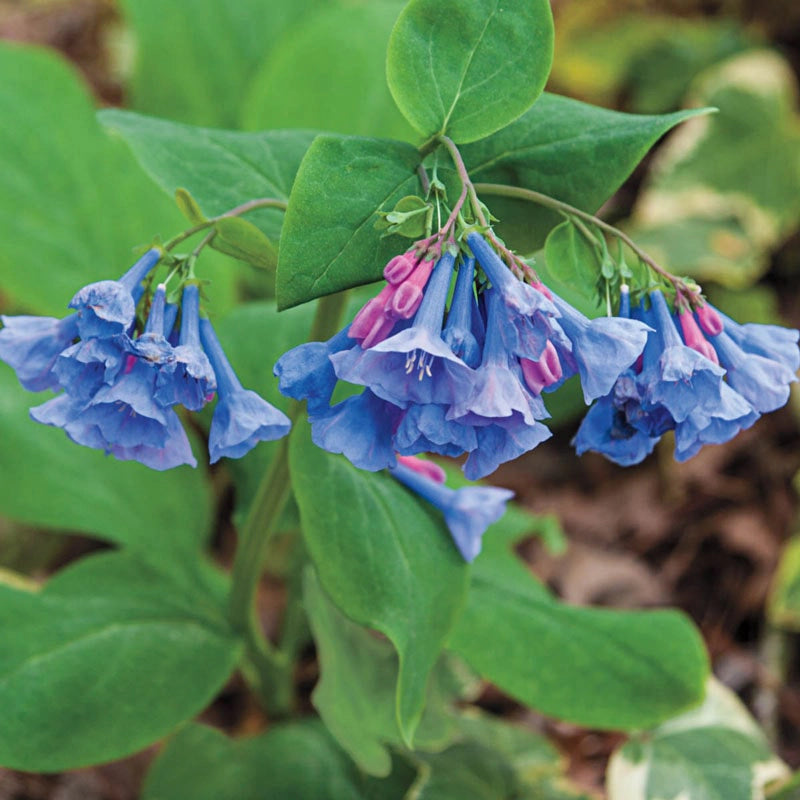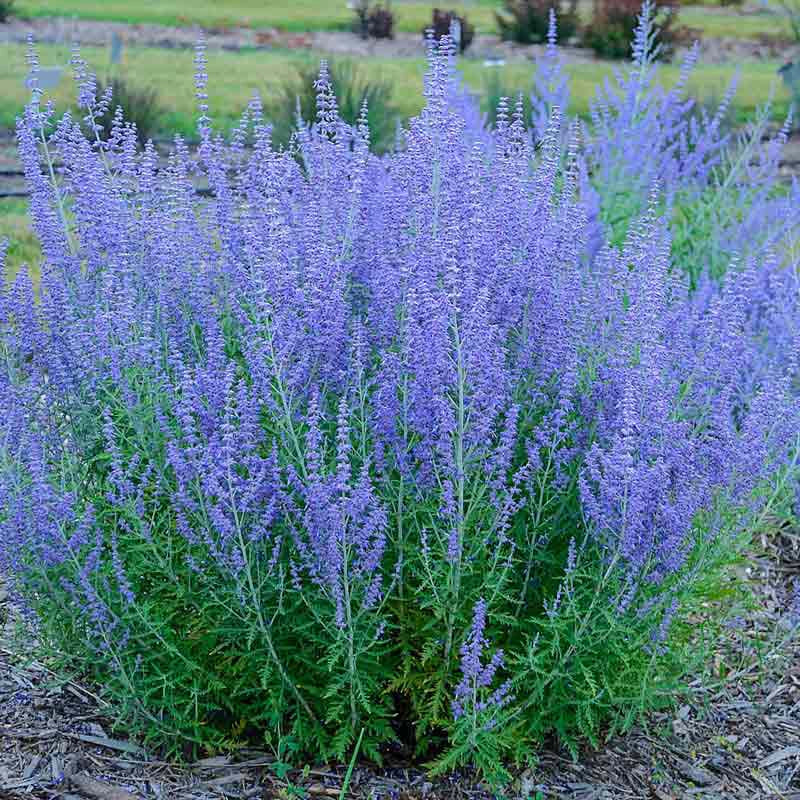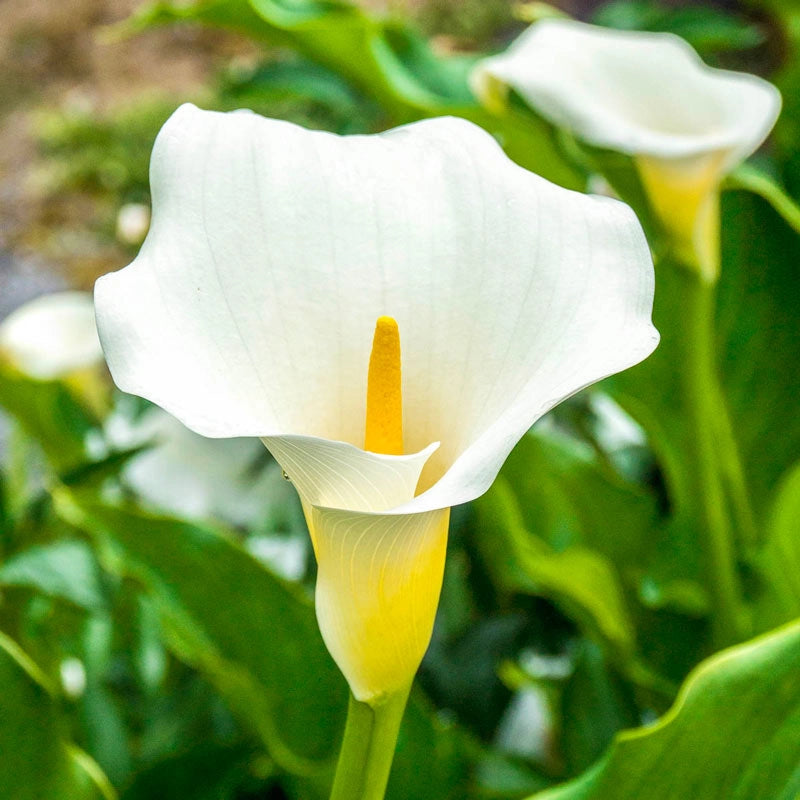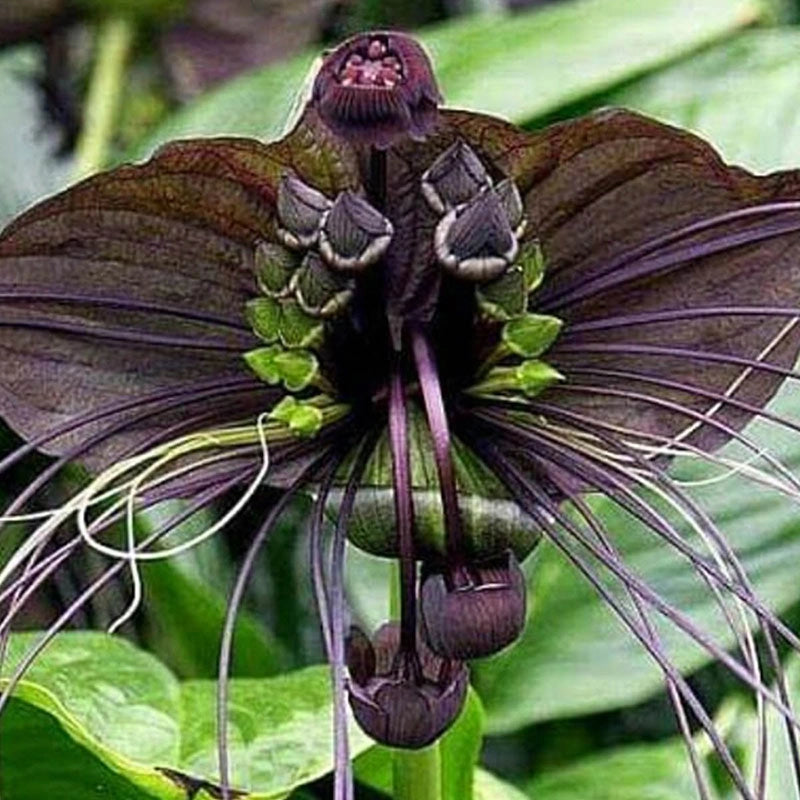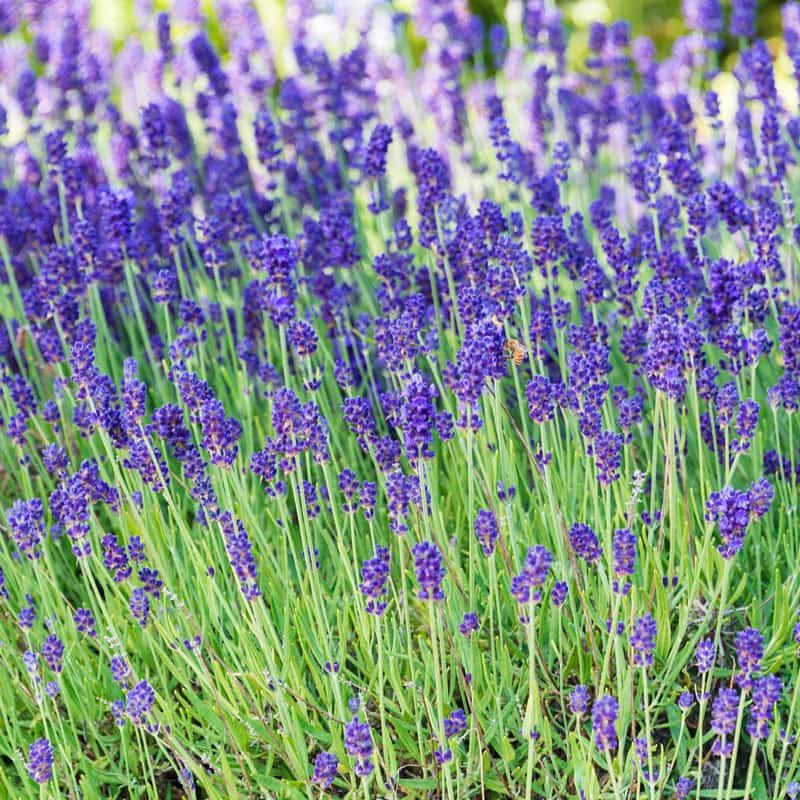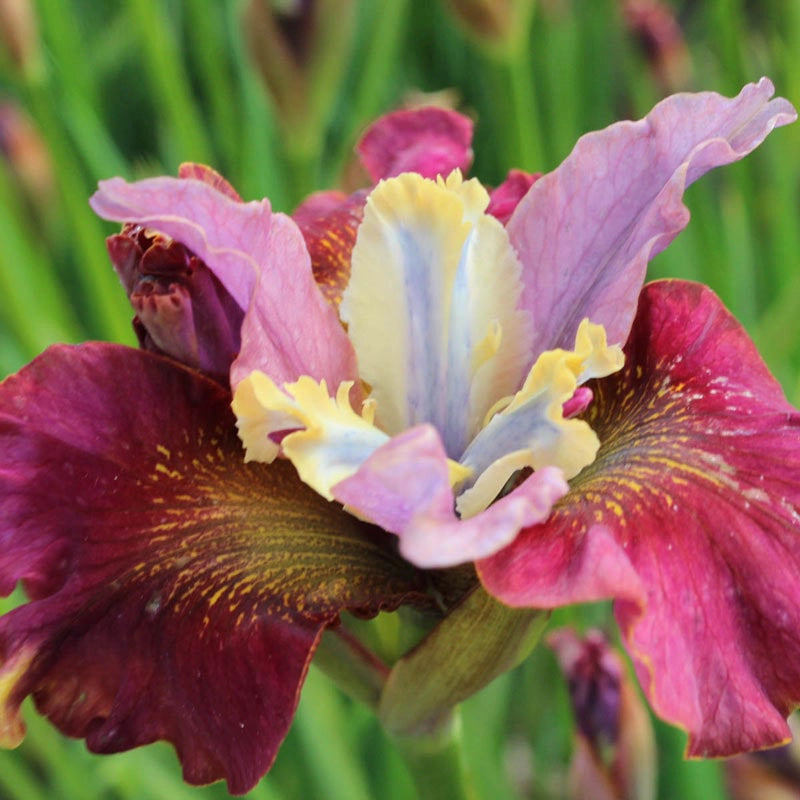31 products
-
Standing Ovation Little Bluestem
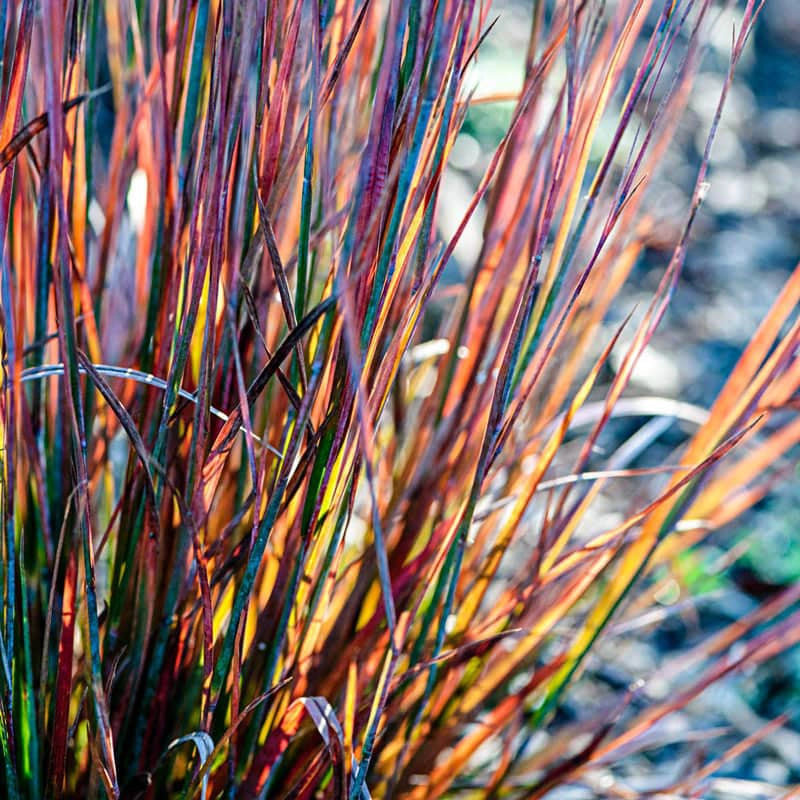 Standing Ovation Little Bluestem
Standing Ovation Little Bluestem- Regular price
-
1 for
$15.99 - Regular price
-
$19.99 - Sale price
-
1 for
$15.99
-
Tutti Frutti Hummingbird Mint
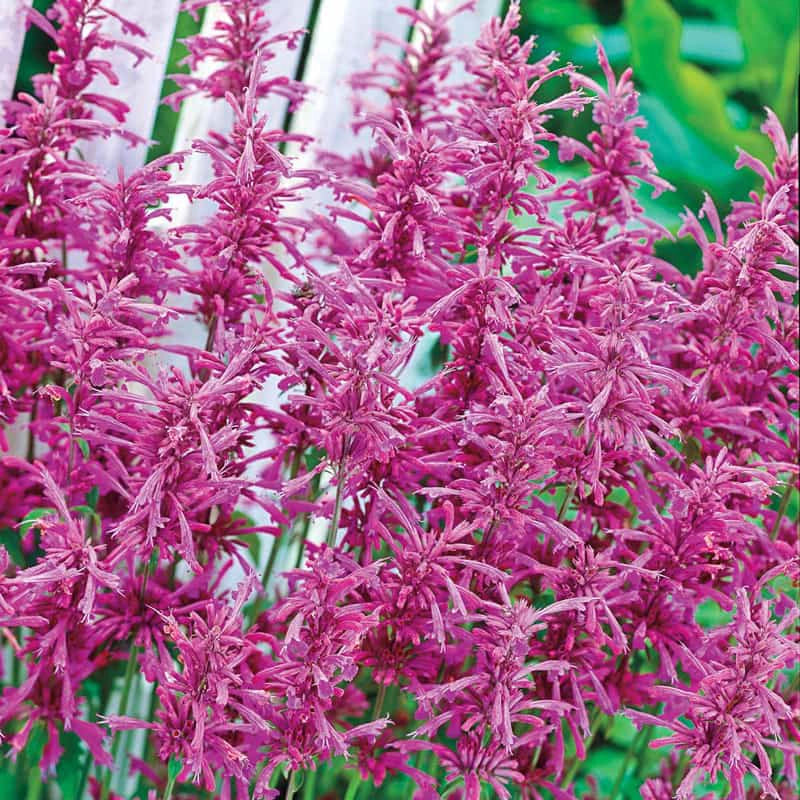 Tutti Frutti Hummingbird Mint
Tutti Frutti Hummingbird Mint- Regular price
-
1 for
$11.99 - Regular price
-
$14.99 - Sale price
-
1 for
$11.99
-
Midnight Marvel Hardy Hibiscus
 Midnight Marvel Hardy Hibiscus
Midnight Marvel Hardy Hibiscus- Regular price
-
1 for
$22.49 - Regular price
-
$29.99 - Sale price
-
1 for
$22.49
-
Maximillian Perennial Sunflower
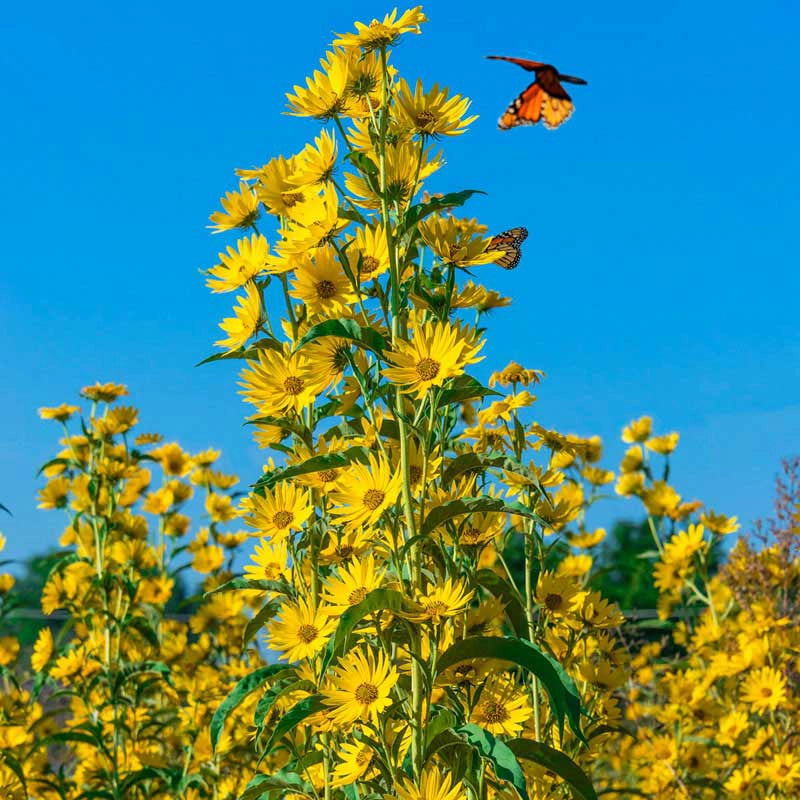 Maximillian Perennial Sunflower
Maximillian Perennial Sunflower- Regular price
-
$7.99 $39.99 - Regular price
-
$9.99 - Sale price
-
$7.99 $39.99
-
Black Adder Hummingbird Mint
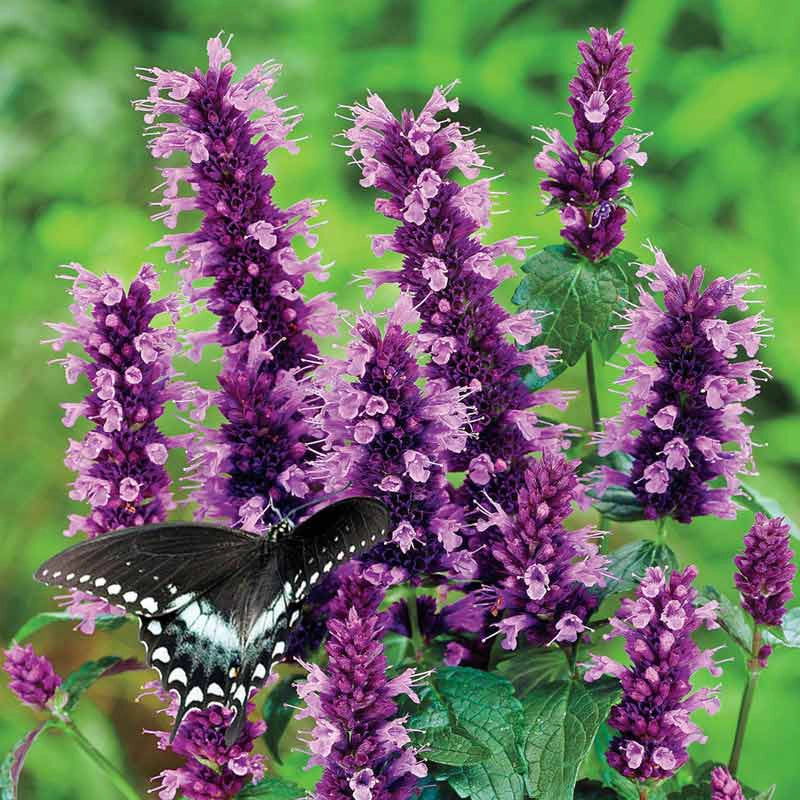 Black Adder Hummingbird Mint
Black Adder Hummingbird Mint- Regular price
-
1 for
$11.24 - Regular price
-
$14.99 - Sale price
-
1 for
$11.24
-
Sunseekers Rainbow Coneflower
 Sunseekers Rainbow Coneflower
Sunseekers Rainbow Coneflower- Regular price
-
1 for
$15.99 - Regular price
-
$19.99 - Sale price
-
1 for
$15.99
-
Apache Sunset Hummingbird Mint
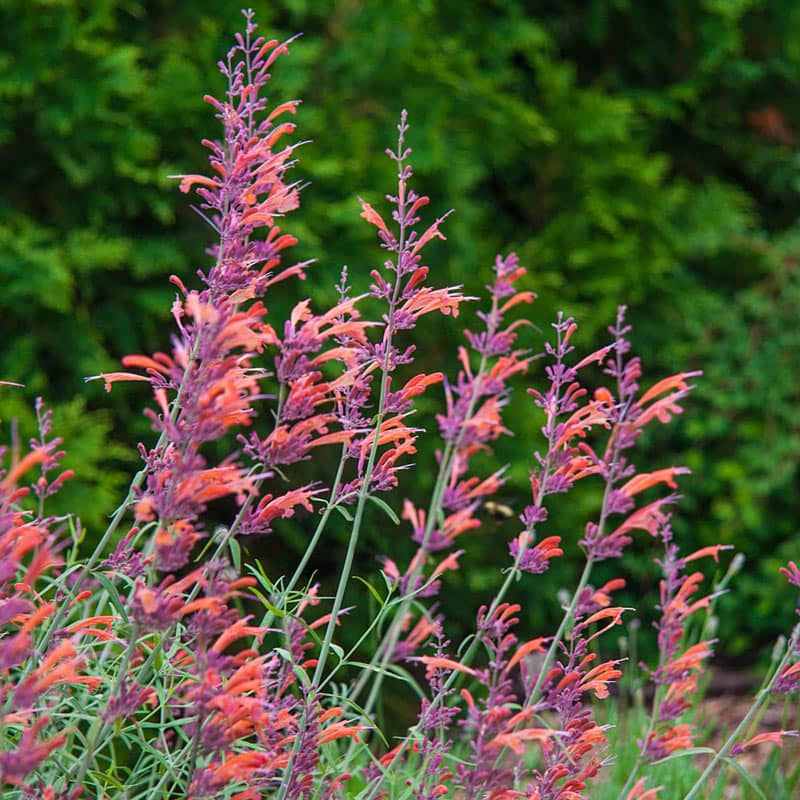 Apache Sunset Hummingbird Mint
Apache Sunset Hummingbird Mint- Regular price
-
1 for
$11.99 - Regular price
-
$14.99 - Sale price
-
1 for
$11.99
-
White Gold Bleeding Heart (Dicentra)
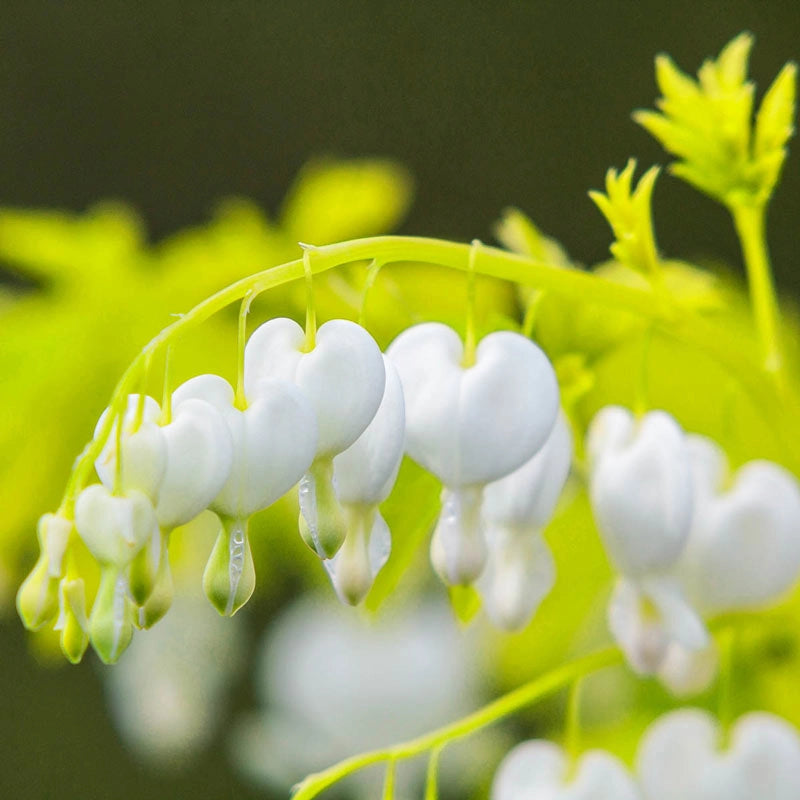 White Gold Bleeding Heart (Dicentra)
White Gold Bleeding Heart (Dicentra)- Regular price
-
1 for
$11.99 - Regular price
-
$14.99 - Sale price
-
1 for
$11.99
Spring HIll's bestsellers collection is home to some of our most loved and recommended gardening products in recent times! You'll find some of the world's most beautiful, popular and best performing flowering plants in this lineup. Come, check it out right now!

